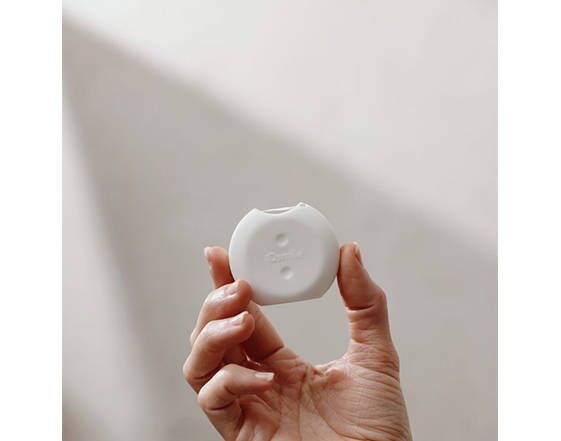Maintaining good oral hygiene is crucial to avoiding dental issues and keeping your smile looking great. As much as brushing is an essential component of any dental care regimen, flossing should also be a daily activity. You only clean three of the five surfaces of the teeth while ignoring the other two surfaces between the teeth. Therefore, a sticky layer of germs called plaque is continuously building up on your teeth. You need to clean it regularly to prevent gum inflammation, tooth decay, and foul breath. With dental floss, it is easier to remove plaque and food particles that toothbrushes cannot reach. In this blog, we will discuss when and how to appropriately. Read on for more information.
When to Utilize Dental Floss:
1. Delicate gum tissues fill the interdental spaces.
These exposed natural teeth show few abnormalities and indentations when the mouth is in good health. As a result, dental floss may easily reach the proximal surfaces and effectively prevent the growth of plaque.
2. Enhanced manual dexterity.
Finesse is required to carefully position your hand within your mouth while establishing a delicate touch with the gums. It takes skill to perform these delicate movements, thus possessing outstanding manual dexterity makes the task much easier.
3. Sufficient mouth opening power.
Those with larger hands or shaky hands may have trouble getting the best outcomes from this practice. Full mouth opening capacity allows for thorough reachability in every area and helps with successful flossing efforts.
4. Proficiency in executing proper flossing techniques.
The effectiveness of flossing depends on the user’s ability to carefully navigate every crevice of their oral cavity. You can gradually learn effective flossing practices and advance dental health with skill and time investment.
5. Consistent drive.
To learn the skill of flossing, which requires a significant time investment to become proficient, motivation is essential. Due to time limits, hurried attempts may cause erroneous technique execution, which would reduce effectiveness or possibly compromise gum health.
Don’t worry if you find flossing traditionally intimidating. There exist some other options for you to maintain dental health, such as water flossers or interdental brushes. For instance, using appropriate assistance can be a great alternative if learning traditional flossing is difficult. In addition, interdental brushes may help reach all tooth surfaces for people with gum disease and bone loss.
Furthermore, dentists recommend flossing once a day at the very least. The optimal time to floss, however, can vary according to individual preferences. Some regard it more beneficial to floss after brushing, while others choose to floss before brushing. It is crucial to determine a schedule that suits you best and adhere to it regularly.
How to Properly Use Dental Floss:
1. Choose suitable dental floss:
Dental floss is available in tape, flavored, waxed, and unwaxed variants, among other forms. Choose the floss that best suits your needs and preferences. If your teeth are spaced tightly together, you might prefer a thinner floss, such as tape floss. To find out which variety is most comfortable for you, try out a few.
2. Prepare sufficient floss:
Approximately 18 inches (45 cm) of dental floss should be taken out, and wrap it around your middle fingers. For flossing, just set aside a modest space (about 1-2 inches or 3-5 cm).
3. Hold the dental floss correctly:
Hold the floss firmly between your thumbs and index fingers, leaving about one to three centimeters between them. Gently back and forth the floss between your teeth. Carefully avoid snapping the floss into your gums to prevent irritated and bleeding gums.
4. Curve the floss:
When the floss reaches the gum line, press it in a C-shape against a single tooth. Carefully glide the floss up and down the tooth’s side to ensure that it goes below the gum line. Repeat these instructions to take care of the neighboring tooth.
5. Use fresh floss for each tooth:
After cleaning each tooth, unwind fresh floss from your fingers to ensure that the area is clean for the next tooth. Plaque and bacteria can move from one tooth to another when you use the same floss section.
6. Pay attention to the back teeth:
Many people tend to forget to floss the back teeth. However, the maintenance of dental health depends just as much on these teeth. Be sure to brush to the back of your mouth, in between each tooth.
7. Rinse and discard the dental floss:
After the use of dental floss, remember to thoroughly rinse your mouth with water to remove any remaining food particles. Wrap it over your fingers, and dispose of the used floss in a trash container. Do not flush floss down the toilet because it may damage the plumbing.
To preserve healthy teeth and gums, just incorporate dental floss into your daily routine. Try to schedule flossing at least once every day at a time that is convenient for you. Always use the proper flossing technique and be sure to cover all of your mouth. Through this, you can ensure an efficient flossing regimen and embrace a brighter smile tomorrow!

